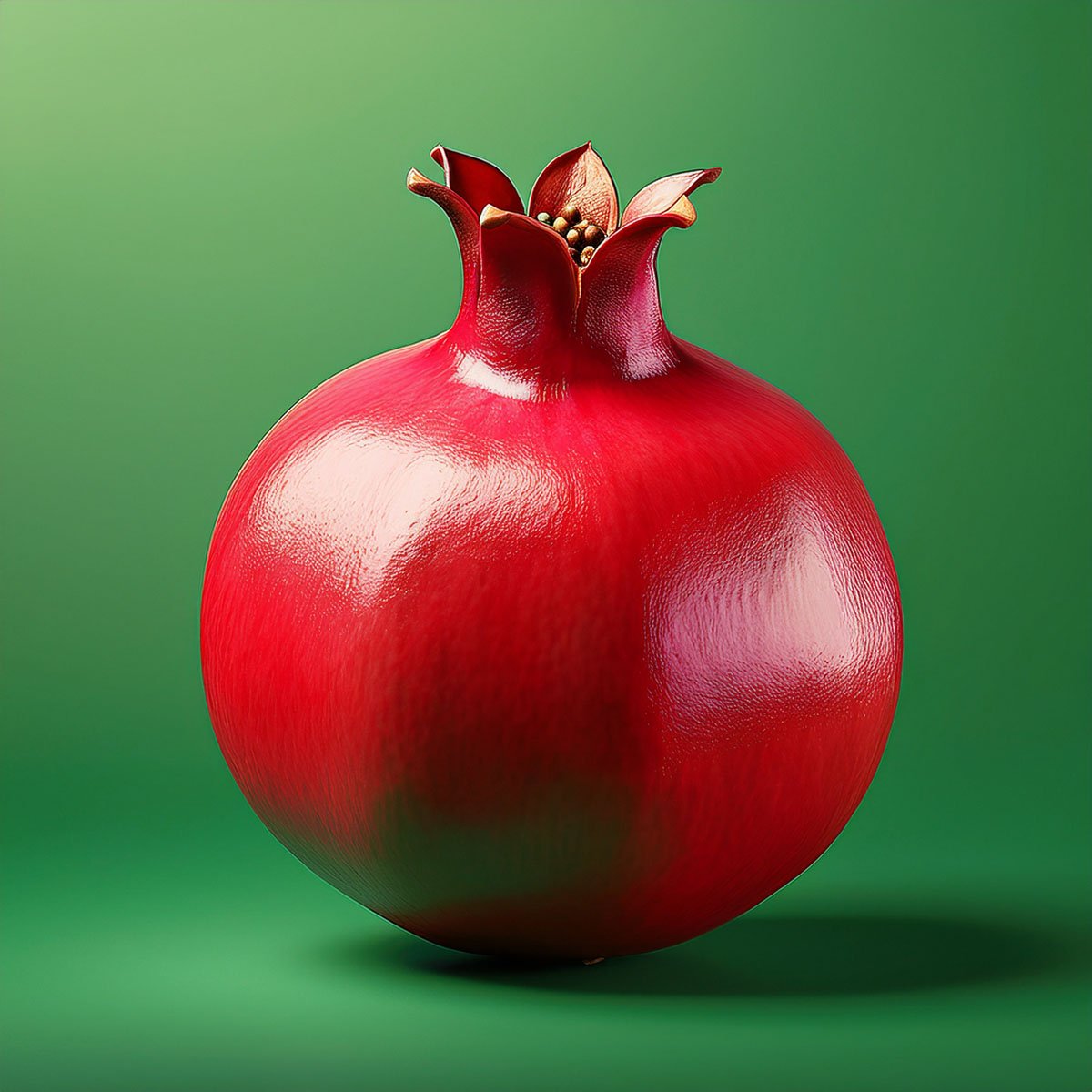The Seven Species of Scripture: Growing a Biblical Garden Today
A Faithful Harvest Rooted in Ancient Wisdom
In Deuteronomy 8:8, the Lord describes the Promised Land as a place blessed with seven specific crops—fruits of the land that reflect provision, abundance, and spiritual meaning. These seven species, or Shiv'at HaMinim (שִׁבְעַת הַמִּינִים), are still honored in Jewish tradition today, especially during feasts like Shavuot and Sukkot. But you don’t need to live in ancient Israel to experience their richness. In fact, you can plant a Biblical Garden right in your backyard, using heirloom seeds or creative substitutions that bring Scripture to life.
What Are the Seven Species?
The 7 Species of Israel Chart
Each of these plants has a story. Each represents not only physical nourishment but spiritual truths: faithfulness, sustenance, joy, and fruitfulness. Let's explore how to bring them into a modern homestead garden.
1. Wheat – חִטָּה (chitah)
Spiritual Symbolism: Represents sustenance and the Word of God
How to Grow: Cool-season crop; sow in early spring or fall depending on your zone. Needs full sun and well-drained soil.
Harvest Tip: When heads turn golden and the kernels are hard, it's time. Use for grinding into flour or making unleavened bread.
2. Barley – שְׂעוֹרָה (Se'orah)
Spiritual Symbolism: Associated with Passover and humility
How to Grow: Like wheat, it's a hardy grain. Plant in early spring and let it mature slowly.
Harvest Tip: Great for homemade barley water or soups. Also makes an educational project for learning about ancient grains.
3. Grapes – גֶּפֶן (Geffen)
Spiritual Symbolism: Joy, fruitfulness, and the blood of covenant
How to Grow: Grapes need a sunny spot and a strong trellis or arbor. Plant bare-root vines in early spring.
Varieties: Concord and Reliance do well in cooler climates.
Faith Idea: Make your own juice or wine for use at feast times or Sabbath.
4. Figs – תְּאֵנָה (Te’enah)
Spiritual Symbolism: Peace and prosperity (Micah 4:4)
How to Grow: Hardy figs like ‘Chicago Hardy’ or ‘Celeste’ can grow in containers or ground in Zones 6+.
Tips: Protect in winter or bring indoors in northern zones. Figs need warmth and patience.
Faith Idea: Use dried figs for Feast of Trumpets or teach children parables of the fig tree.
5. Pomegranates – רִמּוֹן (Rimon)
Spiritual Symbolism: Righteousness, abundance, and Torah (613 seeds for 613 commandments)
How to Grow: Best in warm, dry climates, but dwarf varieties can be grown in containers indoors.
Tips: Needs full sun, well-drained soil.
Faith Idea: Use juice at New Year or decorate with pomegranate-themed crafts for Rosh Hashanah.
6. Olives – זַיִת (Zayit)
Spiritual Symbolism: Anointing, endurance, and Messiah (HaMashiach = "Anointed One")
How to Grow: Slow-growing trees; suited for Zones 8+. Container varieties like ‘Arbequina’ can grow indoors with enough light.
Tips: Long-term investment, but symbolically rich.
Faith Idea: Teach kids to make oil lamps or use olive oil in Sabbath candle lighting.
7. Dates (Honey) – תָּמָר (Tamar)
Spiritual Symbolism: Sweetness of God's Word, fruitful righteousness
How to Grow: True date palms need heat and space, but medjool date seeds can be sprouted indoors just for fun.
Alternatives: Use local honey or dried dates to represent the sweetness of God’s provision.
Faith Idea: Use in recipes for Shavuot or as part of “land flowing with milk and honey” lessons.
Designing Your Own Seven Species Garden
You don’t need to grow all seven to honor the spirit of this garden. Start with two or three species that work in your zone, and supplement with educational signage, biblical art, or crafts that represent the rest. You can even design a raised bed with symbolic sections or make a children’s planting chart that ties each plant to a memory verse.
Ideas for Involvement:
Make seed markers with Hebrew labels
Create a feast calendar around when each species ripens
Add Scripture memory to gardening journals
Use painted stones to decorate garden beds with symbols (grape cluster, olive branch, wheat stalk)
Faith, Fruit, and Family
Planting a garden based on the Seven Species isn't just a creative hobby—it’s a living testimony to the provision of the Lord and a chance to root your family in biblical rhythm. Whether it’s a single fig tree on your porch or a full backyard design, each plant is a whisper of ancient truth made new again.
Want to Keep This Post?








